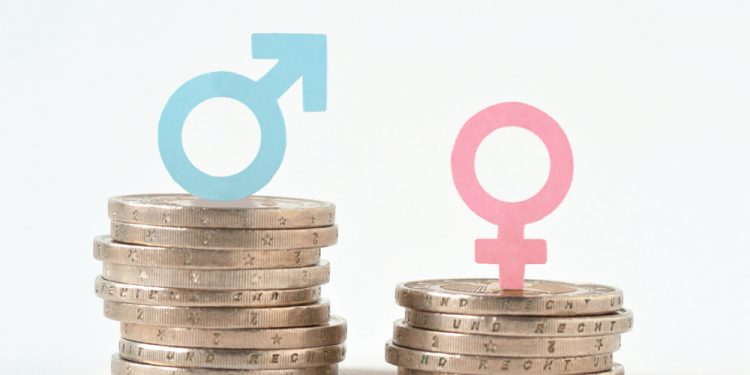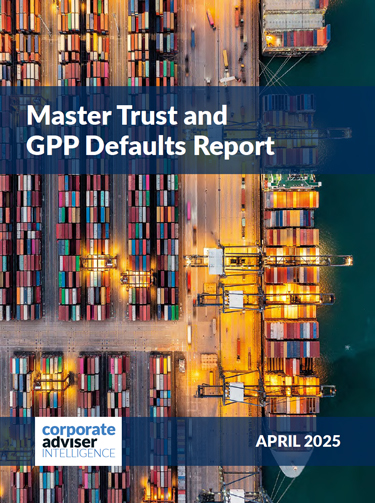Aviva has added a ‘career break’ feature to its workplace pension portal, designed to help members understand the impact this will have on their retirement savings.
As well as modelling how a break in pension contributions will impact the size of their eventual pot at retirement, this tool also shows the effect of reduced contributions, should members change their working hours.
Aviva says this new calculator will particularly benefit women, many of whom take career breaks after having children, and are more likely to work part-time due to caring responsibilities.
It adds that new pension contribution data shows that the gender pension gap has widened for women in their 30s and early 40s. It adds that it hopes this tool will encourage people to maintain pension contributions, where possible, during these periods.
Aviva’s workplace pension data for 5.5m pension policies highlights this gender pension gap. It shows men contribute over 27 per cent more than women into their pension savings every month on average. This gap has reduced over the past four years, but only marginally, with this gap narrowing by just 1 percentage point.
However the data shows this reduction is not consistent across different age bands. While the gender gap in contribution rates for women over 45-years old has reduced over the past year, it has moved in the opposite direction for women aged between 30 and 45-years old, increasing by an average of 3 percentage points
This coincides with the period of time women are likely to take maternity leave, or work part-time when children are younger. Recent data shows that the average age of mother’s having children is now just over 30 years old.
At every age group men typically contribute more towards their retirement savings than women, so the gender gap in pension widens throughout their working lives. In the youngest age group — aged 20 to 24 —the gender gap stands at 15 per cent. But this cumulative effect means that men typically have pensions that are 41 per cent larger than women prior to retirement. This trend is often exacerbated by gender pay differences, with pension contributions often linked to earnings.
Aviva’s Working Lives Report (2024) found over almost two in five (38 per cent) of women said their pension will not provide enough for a comfortable retirement, compared to a quarter of men (25 per cent)
Aviva head of pension engagement Laura Stewart-Smith says “Our new career break feature is designed to help our workplace pension members get ready for retirement planning by modelling changes to their pension contributions.
“This is an example of how we continue to innovate for our clients to ensure their employees have the tools which allow them to engage with their pensions today and plan for their future retirements.”
She adds: “There are positive signs the gender pension gap is closing, albeit slowly. This progress might be because people are now more aware of the impact that career breaks or working fewer hours can have on workplace pension savings. However, the gender pension gap continues to persist for women in their thirties and early forties, and this could reflect a time of life when people often make significant choices about career and childcare.
“Pension contributions are unlikely to be a deciding factor when considering whether to take a career break or reduce working hours, but anyone making these decisions should take the time to understand the long-term impact on their retirement savings. Good pension planning is key for people getting ready for a more comfortable retirement, which is why we have launched our career break feature.”





